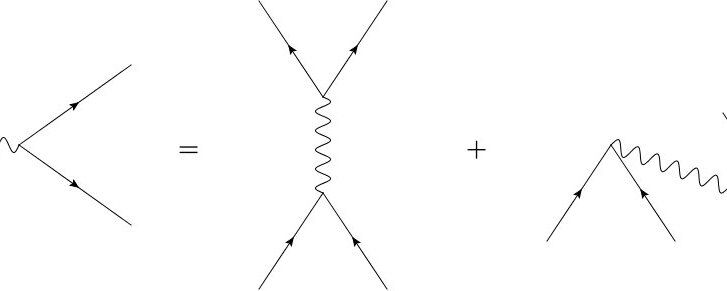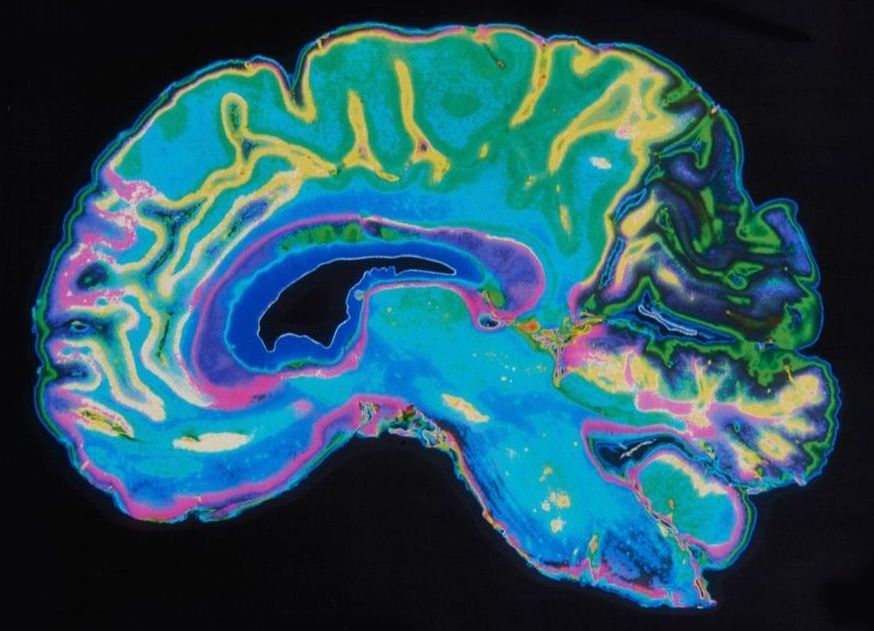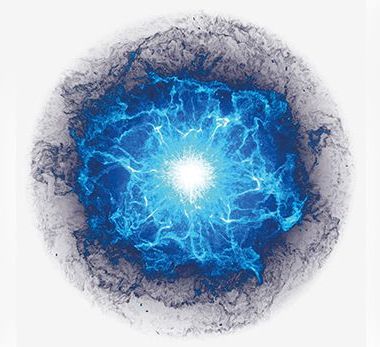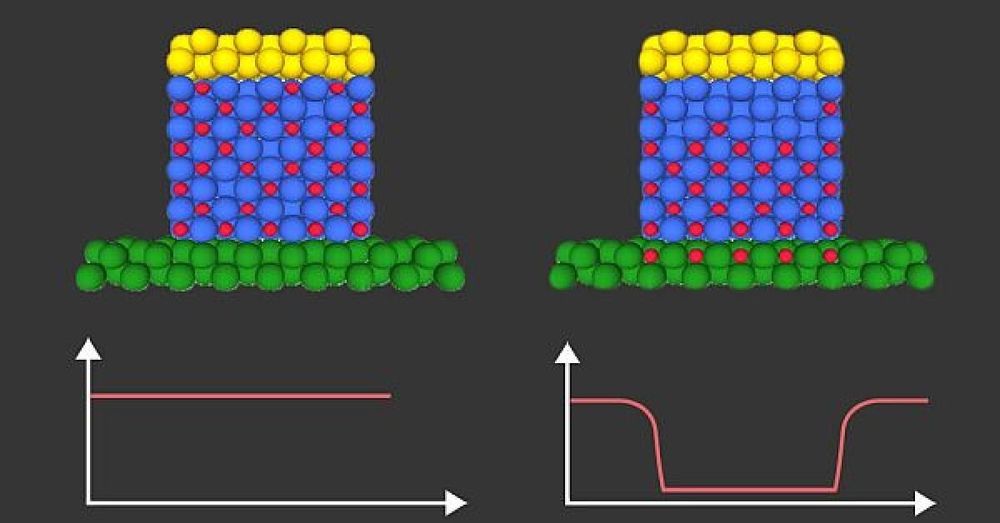Nov 11, 2019
New research synthesizes different aspects of causality in quantum field theory
Posted by Saúl Morales Rodriguéz in category: quantum physics
In current quantum field theory, causality is typically defined by the vanishing of field commutators for spacelike separations. Two researchers at the University of Massachusetts and Universidade Federal Rural in Rio de Janeiro have recently carried out a study discussing and synthesizing some of the key aspects of causality in quantum field theory. Their paper, published in Physical Review Letters, is the result of their investigation of a theory of quantum gravity commonly referred to as “quadratic gravity.”
“Like the ingredients of the standard model, quadratic gravity is a renormalizable quantum field theory, but it has some peculiar properties,” John Donoghue, one of the researchers who carried out the study, told Phys.org. “The small violation of causality is the most important of these and our goal was to understand this better. In the process, we realized that some of the insights are of more general interest and we decided to write our understanding as a Physical Review Letter, to share these insights more widely.”
The paper written by Donoghue and his colleague Gabriel Menezes synthesizes many different aspects of causality that have been part of quantum field theory for several decades now. The realization that there can be microscopic violations of causality in certain theories dates back to the 1960s, specifically to the work of physicists T.D. Lee and G.C. Wick. In their study, however, Donoghue and Menezes also drew inspiration from a more recent study carried out by Donal O’Connell, Benjamin Grinstein and Mark B. Wise.

















